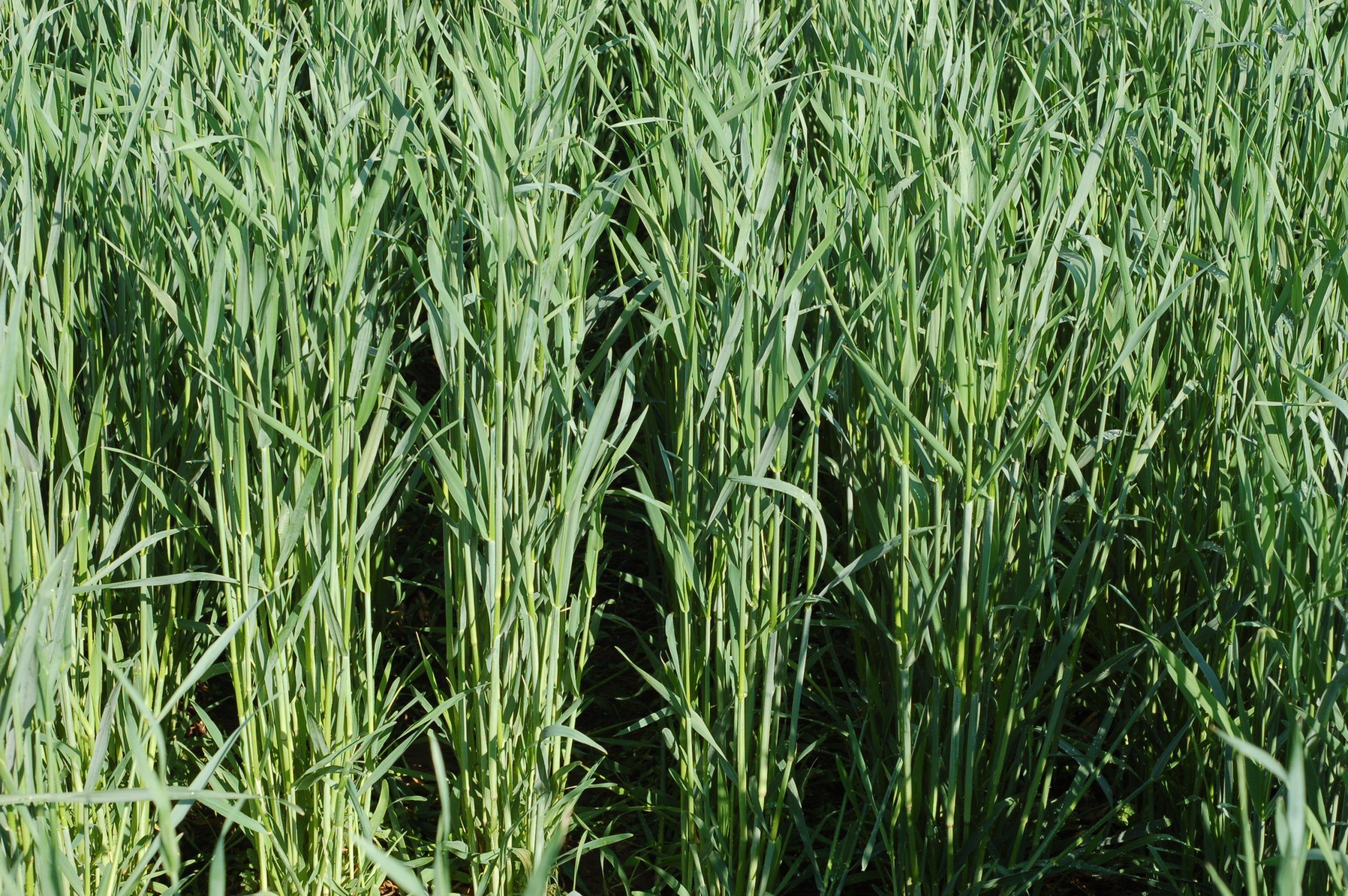Rye is convenient to many rotations because of its late planting window in the fall and the early spring planting window it leaves open. Rye is a traditional staple cover/forage crop for rotations with corn grain and soybeans, as it is the hardiest cover crop. It establishes well in mid-fall. Best option to use for late planting. Good biomass producer and weed suppressor; allelopathic (secretes chemicals that inhibit weed seed germination).
Rye is used in a wide range of cropping systems. It germinates and grows very rapidly, even in cold weather. If sown late, it is especially important to ensure adequate seed-to-soil contact for a good stand.
As a green manure, seed at 90-160 lbs/A. If seeded late, increase seeding rate to 300 lbs/A to provide adequate cover.
If it is to be used as a rolled-down no-till mulch, seed at 196- 224 lbs/A.
In mixtures with legumes, lower the seeding rate to 50-60 lbs/A.
As a green manure, till under when it is about 8 inches tall.
Between vegetable rows it can be planted in early spring and it will stay short and eventually die. Rye can be killed by mowing or rolling if plants have initiated flowering.
Rye can tie up nitrogen for the following crop, so allow 2-3 weeks after incorporation and before planting the next crop.
